Monday night the Council reviewed the proposed budget for 2020/20211. “The budget” is actually several budgets — one for general operating expenses, one for capital projects, one for sewer system operations, etc. — which get reviewed and enacted together. You can find details and the staff presentations here. Be aware it’s a giant PDF.
As presented by staff the operating budget had a slight surplus, around $250,000, although to get there it used $2 million of reserves. That might concern people who approach budgeting as “surpluses good, deficits bad”. Personally, even as a former biotech company chief financial officer I’m not concerned about it. In fact, I think we need to dip into reserves a bit more and spend them a bit differently than staff proposed.
It’s certainly true a local government can’t spend more than it takes in forever. But the whole point of having reserves is to deal with the unexpected. If there ever was a year in San Carlos’ history when we should be willing to deficit spend it’s this one! Not just because revenues are down and we’d otherwise have to significantly curtail public services. Because our residents and businesses are dealing with enormous challenges and could use whatever help our past surpluses can provide.
I see the question of how much of our reserves to use as the central topic for the 2021 budget discussions. Unfortunately, the traditional approach staff took to presenting their proposal buried that issue in the details, causing the Council to miss the boat. We should’ve started by reviewing what our reserves are and discussing, in broad outline, what we wanted to accomplish before staff put pencil to paper.
But we can still get where I believe we need to go…if the community makes the effort to weigh in.
Let’s walk through the main budget, the general fund operating budget, to see what our ability to respond to the Covid-19 situation is. I’ll focus on this single page summary of the general fund. There’s a lot of detail here and I encourage you to review all of it. But the essential story can be seen by focusing on a few areas (I’ve highlighted the column and row titles I’ll refer to so you can follow along more easily):
FY2021-Financial-Summary-with-Reserves- We are starting the 2020/2021 fiscal year with $36.3 million in reserves, as you can see by looking at the line Total Beginning Fund Balance for the column FY2021 Proposed.
- Don’t be misled by the “Reserved or restricted” row heading for most of those reserves. They are all reserved or restricted…so far as staff is concerned. But the vast majority is unrestricted from the Council’s perspective. A majority of the Council can spend it on any lawful activity it desires2.
- Staff expects revenues to drop $5.9 million — 12.7% — from the projected revenues for the year just ended. You can see this by comparing the Total Revenues line under the FY2020 Projected column to the number under the FY2021 Proposed column. Almost all the reduction stems from hotel taxes (“Transient Occupancy Tax“; driven by less business travel) and sales taxes. This is based on multiple expert perspectives, and seems reasonable to me.
- But note property taxes aren’t expected to drop. Even if the housing market slows prices are so vastly higher than what their current owners paid that assessed values, and hence property taxes, still move up with every sale. Also, while sales taxes drop in economic downturns they don’t drop a lot. People and businesses cut back but they still need to purchase stuff.
- Salaries and benefits increase by 3.5%. Depending on the columns you look at you might think they go up more. But if you compare the columns FY2021 Proposed and FY2020 Projected you’ll see the real anticipated change. Which highlights one of the reasons the city has been generating surpluses: it overbudgets expenses. The budget typically assumes every single position will be filled, for the full year, by someone, and that no one will unexpectedly leave the city, creating a vacancy. That never happens, contributing to surpluses. For FY2021 staff took a more balanced view of which positions will actually be occupied.
- Overall operating expenses are up just shy of $1 million. But all but $41,000 of that is due to salaries & benefits; non-personnel costs are essentially flat. In addition to the direct 3.5% salary & benefit increase mentioned above the pension cost for the old Belmont/San Carlos Fire Department (“Public Safety Legacy Operations”) rose by about $400,000 due to higher required contributions to CalPERS.
So, in summary:
- Revenues down $5,900,000
- Expenses, principally salaries & benefits, up $970,000.
- Net transfers into the general fund from other funds up $790,000 (this is a benefit)3.
Bottom line: The budget presented by staff anticipates our FY2020 surplus dropping by $6.1 million ($5,900,000 + 970,000 – 790,000), to a roughly $1,750,000 deficit, which is then offset by tapping reserves for $2 million.
But forget all the ins and outs. Here’s the key thing: the proposal anticipates us ending up with $34.1 million in reserves at June 30, 2021.
That’s a tremendous amount of money for a community whose annual operating costs are about $45 million per year. Yes, we have projects moving forward which will need to tap some of those funds4 But we are in a vastly and fundamentally different place than we were only a decade ago. We can not only weather a very bad economic environment but seriously consider what steps we might want to take to help our residents through tough times.
By the way, if you look at the Total Ending Fund Balance in the FY 2021 Proposed column you’ll see staff projects our reserves next June to be about $5 million less than what I stated. That’s because their proposal includes an additional $5 million to do more road repairs5.
I think spending extra money on road repairs in the middle of a global-pandemic-induced-economic-storm is not a good use of money. Not because I want to skimp on roads; I don’t. I’m happy to spend the $2.6 million in extra funding it would take to keep the overall condition of our roads from getting worse.
But in the middle of a crisis you should focus on addressing near-term problems, not long-term ones. I’d rather make residents’ lives better today by dealing with the problems they’re experiencing today. So long as I can keep things stable until we get past the pandemic and back to whatever the new normal ends up being. Which we can, so far as roads are concerned, by spending roughly half of what staff proposed ($2.6 million versus $5 million).
Focusing on today rather than tomorrow is the crux of why I hope you’ll reach out to the Council before it approves the budget. We should be budgeting money and making decisions to make your lives, if not better, at least less bad today.
For example, part of the reason expenses only went up $1 million is because about $800,000 was cut from Parks & Recreation and related community-outreach functions. Is that a good choice? Granted, some of the cut services can’t be pursued in our Covid-19 environment. But why not redeploy the funds from those programs to things that we can do which would help residents weather the pandemic situation better?
The City of Millbrae and the City of San Mateo launched separate efforts allowing families to enroll school age kids in supervised, carefully controlled environments. This lets them participate in distance learning outside the home, making it easier for their parents to work. Why couldn’t San Carlos do the same?
Many of our seniors are living very constrained lives right now. We’ve had to curtail programs they used to enjoy at the Adult Community Center. We have launched a few efforts to engage them in different ways. But why aren’t we committing ourselves to do more?
It’s not like we don’t have the money. Yes, it could run out eventually. But we have enough to be creative for a while, buy ourselves time to see what the new normal will be and still retain the flexibility to make adjustments to match our expenses to future revenues.
Don’t we owe it to those hardest-hit in our community to help them out, even if only in small ways?
I sure think so. I hope you do, too. And that you take the time to let the Council know before it adopts a budget.
The city fiscal year starts on July 1st and ends the next June 30th. ↩
The “restricted” nomenclature confuses the heck out of almost all elected officials, who mistakenly conclude it’s restricted from the legislative body’s use. I can’t tell you how many times I’ve watched colleagues realize the money is available…and then forget the lesson next year because the terminology, while accurate, is so misleading. I really wish public sector staffs would come up with a different name. ↩
I didn’t discuss this as it’s relatively small and very much an inside-baseball thing. Most of the change stems from adjustments to how overhead costs are allocated among the city’s various budgets. ↩
For instance, rebuilding the fire station on Alameda. ↩
To further complicate things, Monday night the Council directed staff to reduce road work by $1 million and increase spending on addressing the major commercial development coming to the east side commercial area by $1 million. I’m ignoring that here to stay consistent with the staff reports. ↩
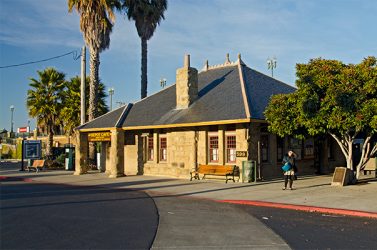
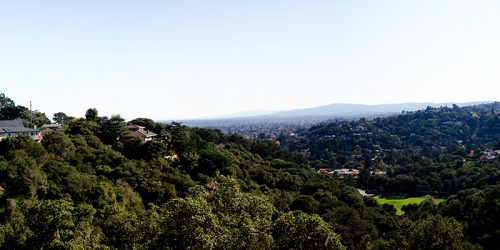
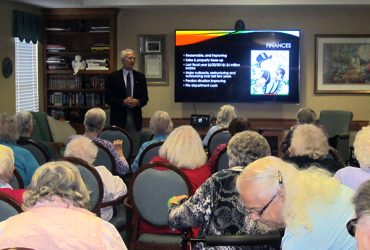

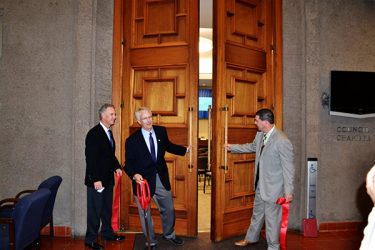
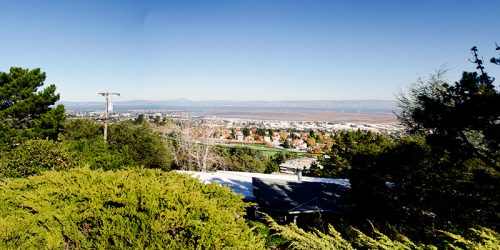

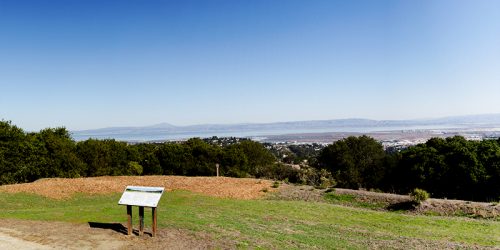
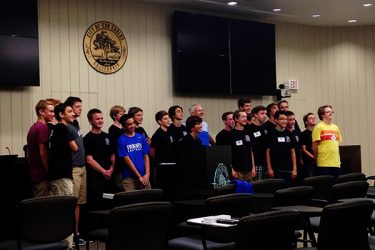
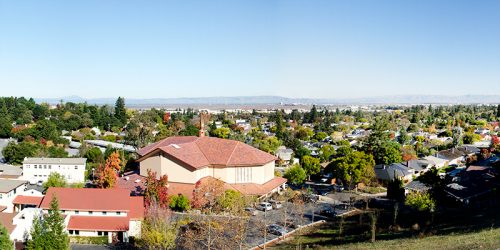

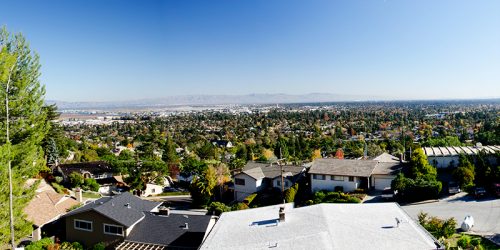
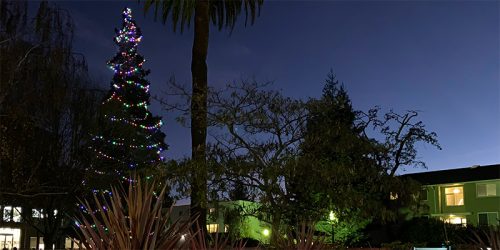
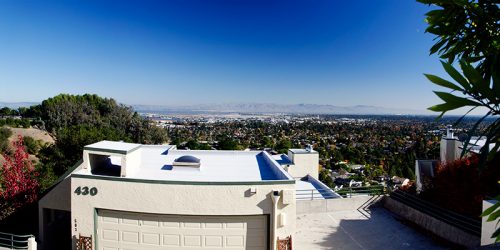
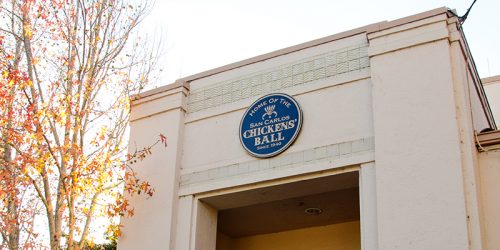
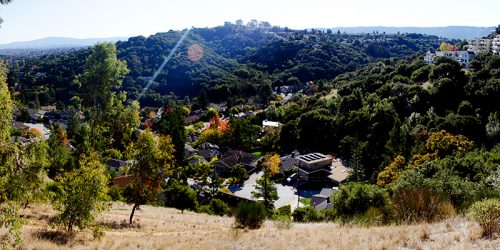
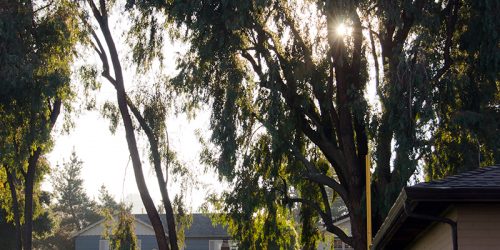
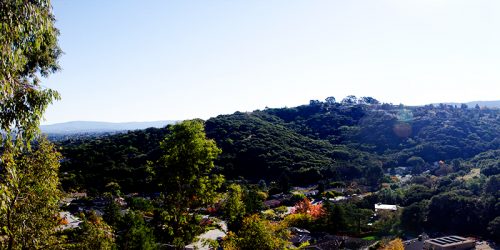
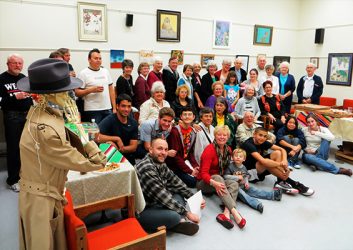
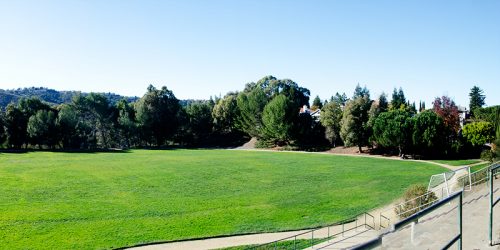

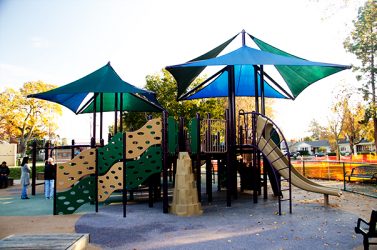
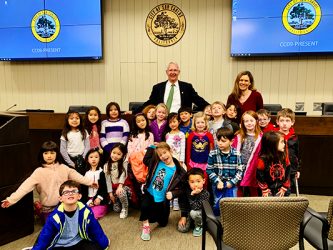



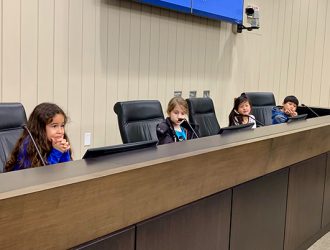
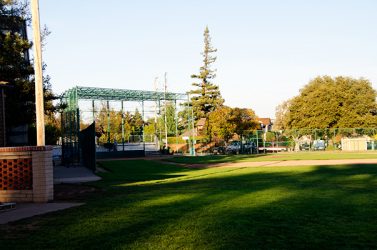
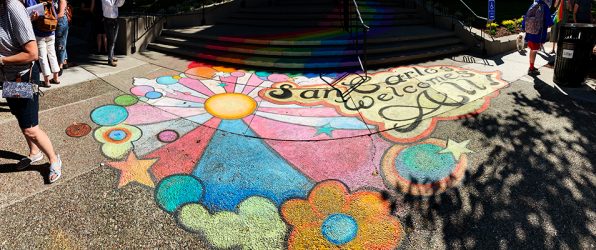
2 thoughts on “Budgeting During a Pandemic: Feedback Needed”
Hi Mark,
Great discussion. I’m very aligned with your thinking that this is exactly why we have reserves, to allow us to weather the tough times without forcing everyone to tighten their belts.
I’d like to suggest that your specific point of contention (which I’ll summarize as “spend some money on helping the residents get through this pandemic rather than on long-term road improvements”) doesn’t have to be an either-or situation. Yes, let’s definitely spend the money as you recommend. But let’s also spend the money on the roads. While you are correct that it’s not dire right now, I will point out that fixing the roads when practically no one is driving causes significantly less pain to our lives than doing it in “normal” times when road closures in our little town can be a nightmare. Let’s call that a psychological discount and take advantage of the deal while it lasts. We can afford it.
Hi Jason,
One thing I didn’t mention in the article (because it was already long) is I’d be willing to support that kind of trade-off. I’m not sure that’s where a majority of the dais is, though. I don’t want to end up mostly spending reserves on roads while not dedicating a significant chunk of whatever we choose to use on efforts that would reduce the pain Covid-19 is causing our community.
BTW, most of the road repair would have pretty much the same impact today as it would in normal times because most of the work would end up being on residential streets. Where the impact is less on traffic flow and more on the neighborhood in general.
Thanx for taking the time to chime in. And please, share your views with the whole Council.